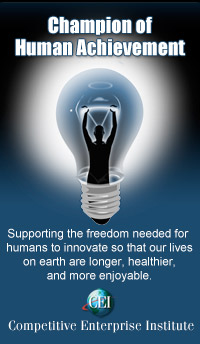VMWare shares rose 75% today, the biggest opening-day gain among this year's IPOs. The huge jump (from the $29 IPO price to a closing price of $51) gives the company a market capitalization greater than Ford's and just slightly behind software giant Adobe Systems. VMWare's surging sales and profits are due to the growing popularity of its ESX Server, a highly-specialized sort of operating system for running multiple instances of other operating systems. The Motley Fool explained VMWare's success reasonably well for the non-geek:
Back in the 1990s, a group of super-smart computer scientists from Stanford dusted off the concept of virtualization, which was once popular with mainframes during the 1970s. The technology made it possible to create more than one virtual machine on a single physical server.
It was a "eureka!" moment. With data-center space running about $1,000 per square foot, and power usage at about $560 per server, the cost savings of using virtualization can add up fairly quickly for customers. As a result, VMware has enjoyed crushing demand, roughly doubling its revenue every year since 1999.
Storage giant EMC bought VMWare in 2004 for $635 million, and still owns 87% of the shares (now worth north of $16 billion). So you'd think EMC shares would be through the roof today, too, right? Wrong — they were down 71 cents (3.7%). Go figure.
I suppose the market's expectations for the VMWare IPO were already built into the EMC share price. It's up over 80% from when I bought it in July 2006.
As for VMWare, there's one cloud on the horizon, and it's an Open Source cloud that may rain lawyers:
Bloomberg believe VMware’s IPO today may the largest technology offering since Google. But doubts have been cast over the company’s supposedly proprietary ESX product, which may be derived from Linux.
…
Christopher Helwig is the Linux SCSI storage maintainer, and one of the top 10 contributors to the Linux kernel. He has been pursuing VMware over the issue for a year. …
…
Is Hellwig right, and is VMware a derived product of Linux? Unless vmkernel can be loaded without the Linux kernel, it would appear so. VMware was developed from another, long ago OS created as a research project, but it’s unclear whether vmkernel was ported from that OS or rewritten as the Linux-requiring binary blob.
What’s more of an issue is that VMware had these serious questions posed directly to them a year ago, repeated in a public forum many times since, but have yet to respond at all.
If you're interested in all the geeky details about the VMWare kernel, Linux kernel, bootloaders, and Linux kernel driver licensing, that VentureCake post will fix you right up. But note that Mike is an Open Source partisan, not a disinterested, objective observer.
In any case, if you're thinking this is another Google and wondering whether to jump aboard, you might want to factor in a litigation risk.




